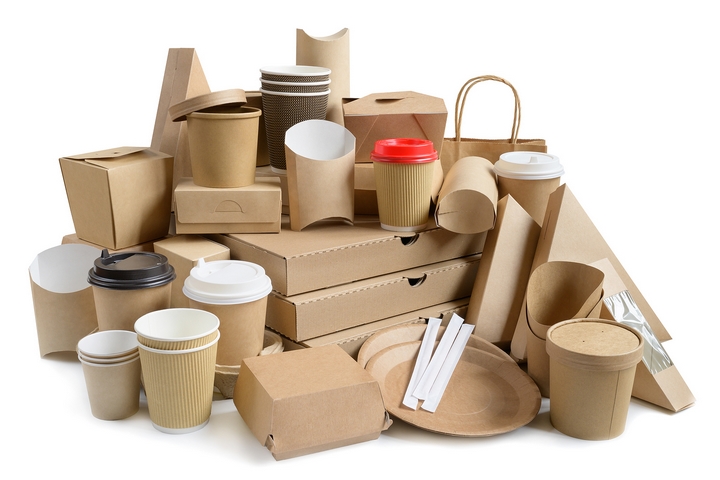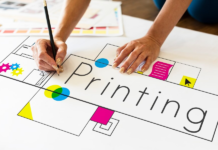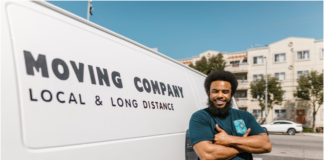Using environmentally friendly packing techniques is becoming more and more important in this day and age of environmental awareness. If you’re new to the world of green packaging, starting with a basic grasp of the ABCs may help you make a good difference. Together, we will explore the principles of environmentally friendly packaging and walk you through the key factors.
1. A for Alternatives: Exploring Sustainable Materials
The first step in implementing eco-friendly packaging is to look into substitute materials that have a lower environmental effect. Single-use plastics are often used in traditional packaging, which adds to pollution and slows down the decomposition process. Consider elements like biodegradable plastics, compostable materials, or even recycled paper and cardboard. Biodegradable plastics decompose faster than traditional plastics because they are made from natural materials like cornflour. These materials have the same functionality as conventional plastics, plus they’re better for the environment. Compostable materials provide creative substitutes that not only break down organically but also improve soil, including plant-based plastics or even packaging made of mushrooms.
2. B for Beyond Design: Embracing Functional and Efficient Packaging
Environmentally-friendly sustainable packaging puts efficiency and utility above everything else. During shipping, waste in terms of resources and space is reduced when packing is designed efficiently. Think about simple designs, making sure the package fulfills its function without needless frills. This lowers the environmental impact while also saving money on materials and transportation. Examine the idea of appropriately sizing your packaging to make sure it is just big enough to keep the goods safe. By using this method, the quantity of material required for each package is reduced, which lessens the total effect on the environment. Consider making packaging as simple to recycle or reuse as possible to promote a more circular economy.
3. C for Closed Loop: Embracing Circular Economy Practices
In the field of sustainability, the idea of a circular economy is becoming more and more popular. It entails developing goods and packaging for various life cycles in order to reduce waste and maximize resource utilization. Creating mechanisms that allow materials to be recycled, reused, or composted at the end of their useful lives is what this implies when it comes to packaging. Think about implementing closed-loop systems, in which waste is collected, recycled, and then used again in the manufacturing process. This minimizes waste while also lowering the need for additional raw resources. Cooperation with recycling facilities and a dedication to employing recyclable materials are necessary for the implementation of closed-loop processes.
4. D for Design Thinking: Integrating Sustainable Values from the Start
A key component of making environmentally friendly packaging is design thinking. It entails taking sustainability into account throughout the whole design process, from ideation to disposal. Start by assessing your packaging’s whole lifespan and pinpointing any places where its environmental effect might be minimized. By using a comprehensive strategy, you can be confident that your packaging decisions support long-term sustainability objectives. Consider designing your package with modular or readily separated parts. This makes it simple for customers to deconstruct the packaging, which promotes appropriate recycling. Examine materials that have a smaller carbon footprint and evaluate how much energy is used throughout the manufacturing process.
5. E for Education: Empowering Consumers for Sustainable Choices
An essential factor in the success of eco-friendly packaging is education. It entails educating customers about how packaging selections affect the environment and giving them the ability to make sustainable choices. Clearly state on product labels and advertising materials how environmentally friendly your packaging is. Encourage recycling activities and provide information on appropriate disposal techniques. Think about using QR codes or other technologies that connect to in-depth information regarding the sustainable aspects of your packaging. This degree of openness promotes trust and establishes your company as an ethical environmental steward.
6. F for Future Innovations: Staying Ahead of Sustainable Trends
Innovation and technological breakthroughs are constantly changing the packaging industry. Keep up with the most recent developments in green packaging, including new materials and trends. Keep a look out for innovations in recycling technology, plant-based packaging, and edible packaging. Seek collaborations with academic institutions or pioneers in green packaging to remain at the forefront of industry developments.
Conclusion
The ABCs—Alternatives, Beyond Design, Closed Loop, Design Thinking, Education, and Future Innovations—are your guiding principles as you set out on your adventure into the realm of eco-friendly packaging. By including these essential factors in your packaging choices, you not only help the environment but also establish your company as an advocate for environmentally friendly business practices. Accept the responsibility of making environmentally friendly decisions, and let your packaging serve as a symbol of your dedication to a more sustainable and environmentally friendly future.


























